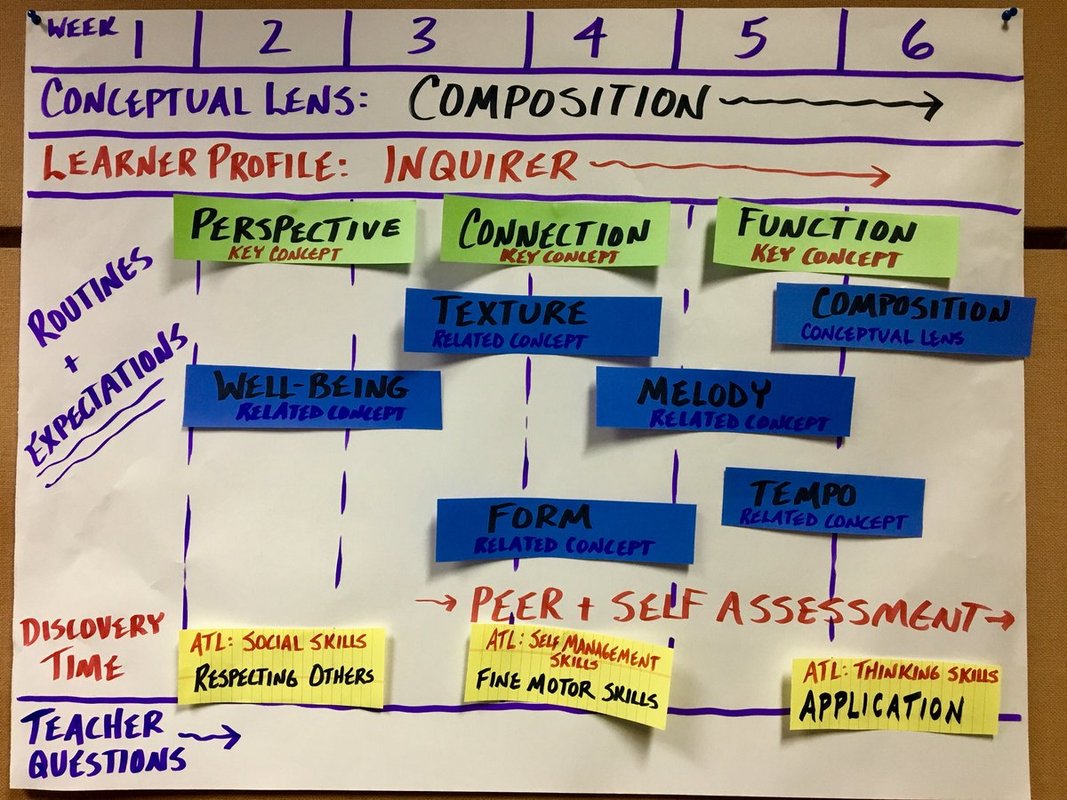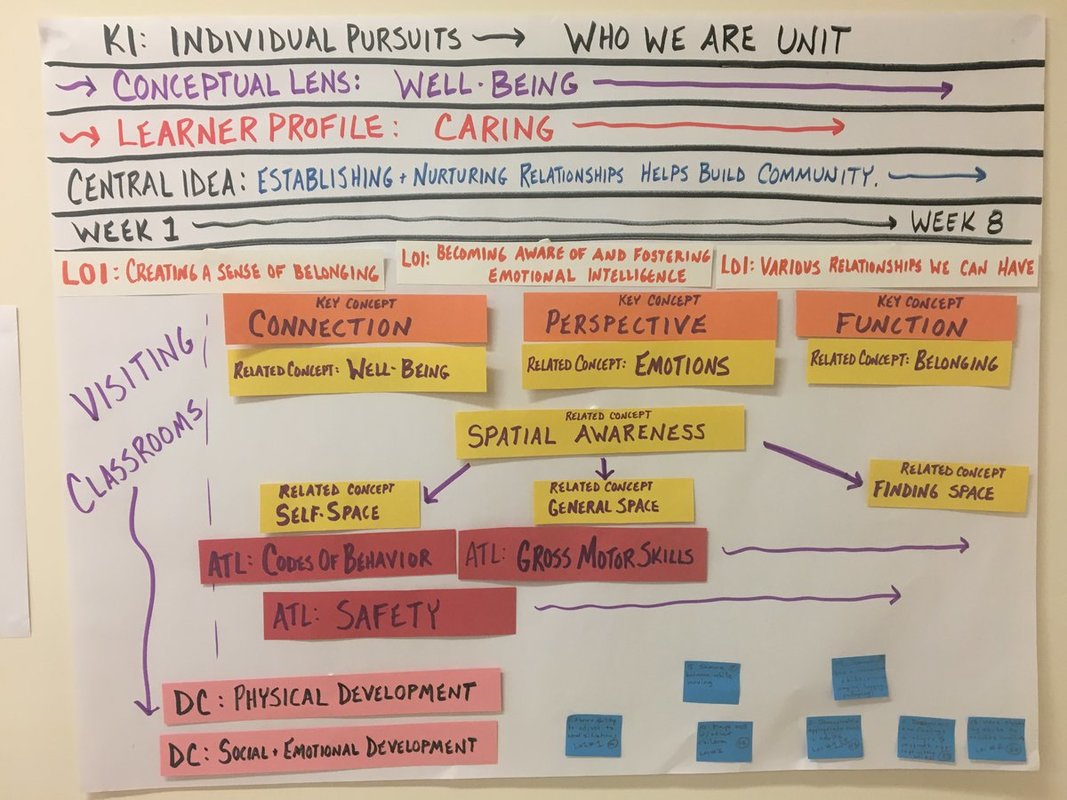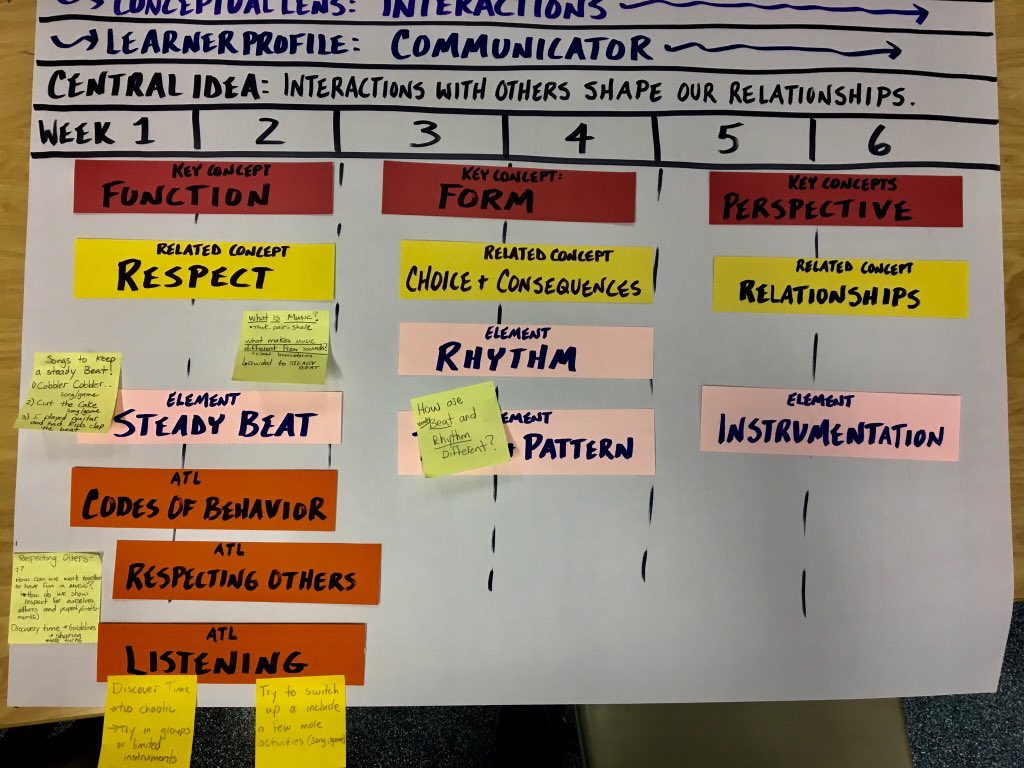|
Flow is defined as the mental state of operation in which a person performing an activity is fully immersed in a feeling of energized focus, full involvement, and enjoyment in the process of the activity. If you were to walk into a learning space and observe students in action, how would flow be manifested? What would you see and hear? What role would the teacher be playing within this setting? How would you know that the students were in flow with their learning? One of the distinct privileges of my job is to be able to deeply observe teaching in action on a daily basis. As a pedagogical coordinator, one of my main roles is to coach teachers, working closely with them to plan their units and lessons, as well as assessments. I must admit that nothing charges me up more than going into a teacher’s space and seeing students in flow with their learning, especially when I know, going into the class, what the learning intentions are and what the main focus of each lesson is. As I have planned with the teachers, I am aways aware of what is happening in regards to important learning outcomes in the units that are taught which helps to provide important context to all teaching and learning that I observe. So, does flow just magically happen when all the stars align and the teacher seems to be on their game on a particular day OR is there much more to it than this? It is my firm belief that we greatly increase the chances of success when we plan in very specific and explicit ways in order to provide every opportunity possible for deeper learning with our students. tEverything we do must begin with purposeful planning that is well-thought out and infused with flexibility in order to create an agile teaching and learning space. Over the next few weeks, my goal is to write a blog post series that shares some of the strategies and specific approaches to planning that we have been putting into practice at the Gardens Elementary School here at KAUST in Saudi Arabia. In designing specific ways in which collaboration takes place, I believe that we are planting the seeds for long term success in regards to teaching and learning at our school. Although many of the ideas that I will share in this blog post series are relatively new, the feedback has been very positive in regards to this planning structure. In no way am I implying this is the best and only way planning should take place, but instead to simply share ideas you may consider using or tweaking to fit the needs of your program. As I write this blog post today, I am going to share with you the concept of creating specific planning timelines that require teachers to look deeply at their units in order to decide when important concepts and skills will be unpacked with their students. Many teachers look at their unit planners and see that they have a number of concepts and skills that will be the focus of the units they teach, but to me, so much more groundwork is needed in order to create the best learning experiences possible that go much beyond the unit planner itself. Often times when going through the timelining process you will read about below, it becomes glaringly obvious that there are way too many concepts and skills that are being focused on in a 6-7 week unit. It also becomes obvious that some of these concepts and skills are getting only surface level attention during the unit, so why even include them? This process helps to refine the number of concepts and skills being focused on which has an immediate impact on teaching and learning, as teachers can go so much deeper with a more refined focus in their units. So, what does a planning timeline look like and how is it used? A planning timeline is done on a large poster-sized piece of paper that is divided up into a number of different columns depending on how long the unit is. For example, if the unit is 6 weeks long, the paper will be divided into 6 columns. Once the important concepts and skills have been decided on, we use different colored strips of paper to write down these skills and concepts. As we are a PYP school, when planning our units, we have a focus on key concepts, related concepts, and approaches to learning skills. So, we use different colors to represent each of these focus areas in our planning to make it distinctly clear on the timeline itself. We also have a conceptual lens focus which is the overarching big idea that all teaching and learning is delivered through. As well, we have a Learner Profile attribute focus which are specific dispositions that we are trying to develop within our students (for example: Communicators, Risk-Takers, Inquirers, Thinkers, etc). We tend to focus on just one of these dispositions in order to allow us to really delve deeply into it with our students. The conceptual lens and learner profile attribute are anchored into the timeline at the top. When teachers actually begin to map out how the units will be unpacked, it always leads to deeper and more meaningful discussions as the conversations go much beyond a surface level chat. Teachers need to talk their way through the unit in a way that helps them articulate why they have laid out the unit, as they have, on the planning timeline and to make the necessary commitments to bring these concepts and skills alive in rich and meaningful ways. Creating our planning timelines really helps to frame up the units in a way that provides much more clarity and structure to teaching and learning. As well, it allows us to have ongoing reflection and use these reflections to adjust our teaching and learning accordingly. Teachers use sticky notes to write these reflections down and stick them up on the timeline each week. Again, these reflections are timely and help to provide more clarity and to determine next steps needed in the unit. Please see some of the example timelines below. I'll dive more into this type of planning in upcoming blog posts, but the main focus for this particular post is to just introduce you to the concept of timelining and what it looks like. The most important consideration here is that the strips of colored paper that are up on the timeline are moveable. This is a critical piece in the process of timelining. When reflecting, teachers sometimes realize that they haven't had time to unpack certain concepts. If they have not had time to unpack something, they simply move the strip of paper with the concept or skill on it to the following week.
Remember my reference to the timelines being flexible in order to create an agile teaching and learning space. Having moveable strips of paper allows for the shuffling around of concepts and skills when necessary. So, returning back to the definition of flow: Flow is defined as the mental state of operation in which a person performing an activity is fully immersed in a feeling of energized focus, full involvement, and enjoyment in the process of the activity. In order to create more enriched learning experiences that allow both teachers and students to be in flow more often, purposeful and carefully thought out planning is a prerequisite to great learning and to great teaching. Using a planning timeline that is highly visible and large enough to include written reflections on it is a very important first step in the teaching and planning process. Hope you found some value in the ideas shared in this post today and that you keep coming back to read upcoming posts .
1 Comment
11/2/2018 02:23:36 pm
Hi Andy,
Reply
Leave a Reply. |
AuthorKAUST Faculty, Pedagogical Coach. Presenter & Workshop Leader.IB Educator. #RunYourLife podcast host. Archives
September 2022
|




 RSS Feed
RSS Feed